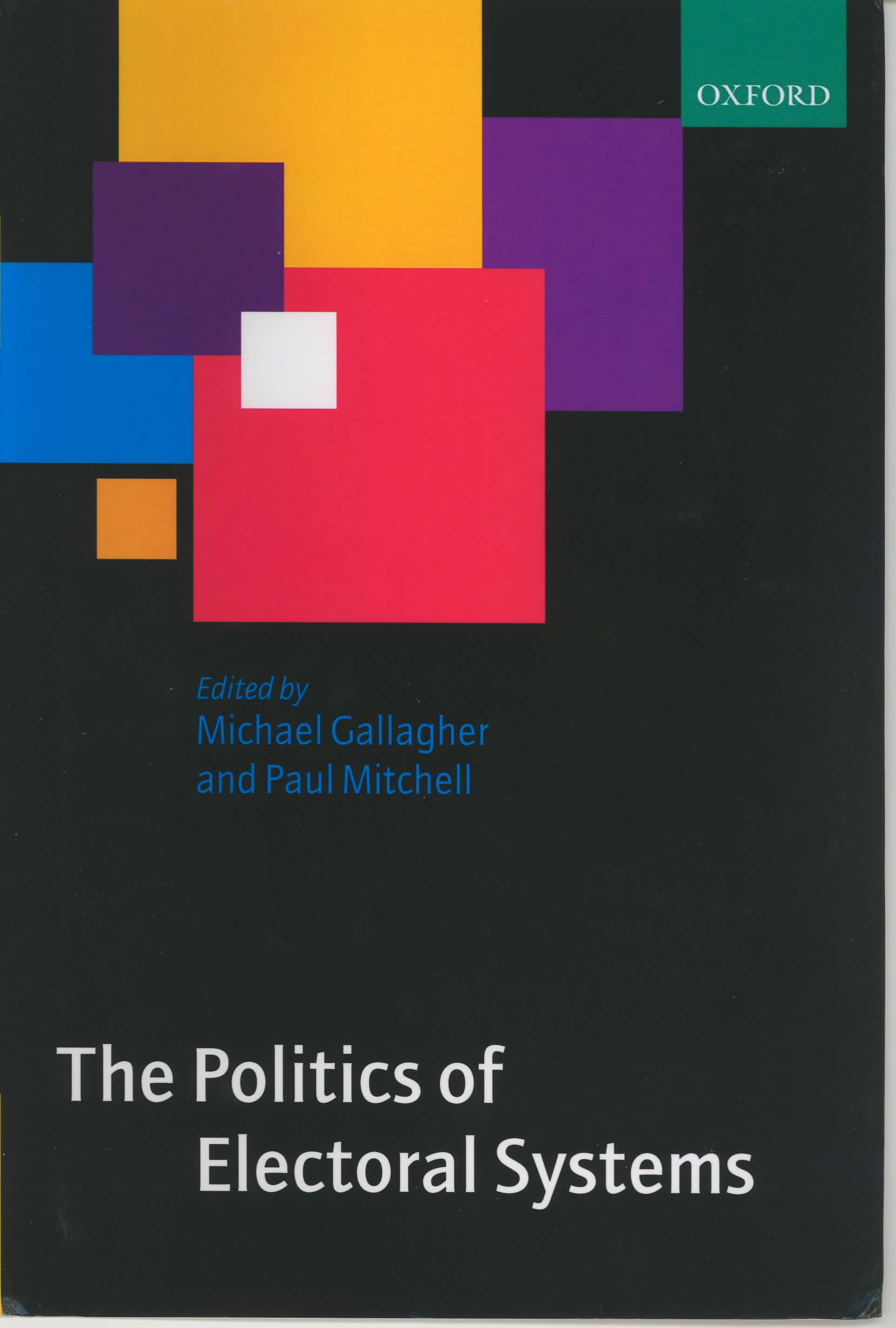


|
|
|
|
Effective threshold in electoral systems
The effective threshold is a valuable concept in the analysis of electoral systems and their effects, but it is also an elusive one.
The concept derives from the fact that all electoral systems impose some kind of threshold that a party must exceed in order to gain representation. Sometimes this is explicit: the 5 per cent national-level threshold that a party must reach in Slovakia before it can earn any seats, or the 3 per cent constituency-level threshold imposed in Spain.
Some countries do not use explicit thresholds, but nonetheless their electoral system imposes an implicit threshold, based mainly on the district magnitude (number of seats per constituency). While there is no precise relationship between the two, the formulation proposed by Arend Lijphart is generally accepted as being as near as we are likely to get:
eff thresh = 75% / (m + 1)
where m equals district magnitude. The rationale, simplifying somewhat, is that this is approximately midway between the threshold of representation (the lowest level of support with which a party could win a seat under the most favourable conditions) and the threshold of exclusion (the highest level of support with which a party could fail to win a seat under the most unfavourable conditions).
Thus, in a 4-seat constituency, we estimate the effective threshold to be 75% / 5, or 15% of the votes. A district magnitude of 4 seats is approximately as forbidding to a small party as an explicit threshold of 15 per cent of the votes.
The effective threshold is a useful concept if we wish to consider an electoral system in the abstract. Regardless of how much disproportionality was produced or how many parties gained representation, we might want a measure of how permissive or debarring a given electoral system is towards, say, new parties.
However, a common mistake, made in a surprising number of highly regarded publications, is to project the effective threshold from constituency level to national level: to assume that if a country is divided into 4-seat constituencies, its effective threshold is 15 per cent of the votes. While that is our best estimate of the effective threshold WITHIN EACH CONSTITUENCY, it is certainly NOT a realistic estimate of the national-level effective threshold. If it were, that would imply that a party winning 15 per cent of the votes nationally would be unlikely to win a seat in, say, a country with 400 MPs returned from 100 4-member constituencies, which is very evidently not the case.
It is obvious upon reflection that if we want to estimate the national-level effective threshold, we need to take the number of constituencies into account; whatever the effective threshold may be within each constituency, the more such constituencies there are, the lower the national-level effective threshold will be. Any formula for the national-level effective threshold needs to take account of the number of seats (or constituencies) as well as average district magnitude.
For suggestions as to how to estimate the national-level effective threshold, see:
Rein Taagepera, 'Nationwide threshold of representation', Electoral Studies 21:3 (2002), pp. 383-401.
Michael Gallagher and Paul Mitchell (eds), The Politics of Electoral Systems, paperback edition (Oxford: Oxford University Press, 2008), appendix C. This suggests (p. 616) the formula M * (1 + log(E)), where M is average district magnitude and E is the number of constituencies.
Two other concepts used extensively in the analysis of electoral systems are the effective number of parties (eff Nv and eff Ns, measures of fragmentation) and the least squares index (LSq, a measure of disproportionality). More information about these measures can be found on the accompanying site, which contains
(i) the values of the measures, at both elective and legislative level, for over 1,300 elections in more than 130 countries;
(ii) a downloadable file explaining in detail how to calculate the value of the measures for any given election outcome;
(iii) a downloadable file enabling users to calculate themselves the value of the measures for any election outcome.
There is also much more information in the book (now available in paperback edition) The Politics of Electoral Systems (Oxford University Press, 2008).
 |
 |
 |
Last updated 28 June, 2023 4:26 PM